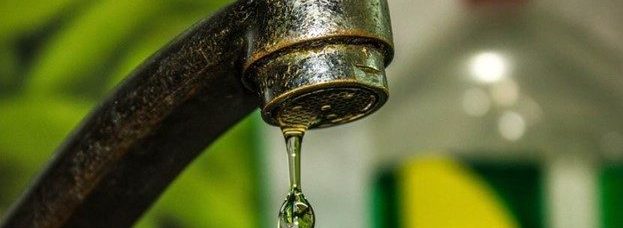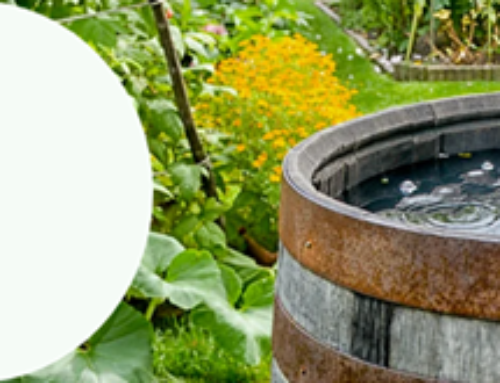It’s our most precious resource, yet millions of us think nothing of wasting water, and throwing money down the drain. Protecting our watershed starts with water conservation around the home- both inside and out.
Here are some easy ways to start conserving water around your home — and cut down on the pollution flowing into our rivers and streams.
Low Flow

Low flow toilet Photo credit: Flickr
Low flow toilets and showers weren’t popular with consumers at first, because low flow also meant less water pressure. That meant some unpleasant surprises got left behind and showers took longer. HGTV lists a number of brands that now offer more power, while still using only 1.7 gallons of water. That compares to the 7 gallons most toilets use for a flush.
A study from Princeton University (Feng 2020) points out 27% of the average family’s water use is for the toilet. Energy-efficient toilets use water velocity instead of water pressure. The EPA recommends looking for the WaterSense label before buying any toilet, faucet or showerhead. A typical family could save 13,000 gallons or $110 a year on their water bill.
New homeowners don’t have much choice. Since 1992 federal law has mandated all new toilets and showerheads sold in the U.S. be low-flow or energy-efficient. The Trump administration recently rolled back some of those mandates. A number of municipalities countered by offering stronger tax incentives and rebates for installing energy-efficient fixtures.
Smart Watering

Automatic sprinkler Photo credit: CC BY-SA 4.0
The EPA estimates the average American uses one-third of all residential water on irrigating lawns and gardens. That adds up to more than 9 billion gallons a day, most of which is wasted because of poor timing and application.
One of the easiest ways to conserve water is to put your lawn on a schedule. Instead of watering in the heat of the day, water in the early morning or in the evening. LawnStarter recommends you put your sprinklers on a timer to limit the amount of water you use, and that you use rotating sprinklers for smaller yards and drip irrigation systems for flower beds.
It’s also important to have your sprinkler system inspected for leaks once a year. A number of cities and counties fine homeowners for broken sprinkler heads that send water gushing into the streets and gutters.
Smart Landscaping
Native plants, and hardscaping are the two great ways to conserve water in your yard. Native plants evolved to grow in your climate, and they take a lot less upkeep and require less water. Trying to grow thirsty roses in Arizona, for example, means you’ll spend more money and time watering them than you would in Florida. Native plants rank high on the list of ways to protect the watershed.
Hardscaping means rocks, stones, tiles, concrete — any hard surface in your yard. Your patio is probably hardscaped — but you can cover more square footage in your yard. A stone walkway, a low retaining wall, a paved outdoor kitchen — all of these require less water than any flower bed.
Greywater

Rain barrel Photo credit: CC BY 2.0
Your plants won’t mind your gently used bathwater. Greywater is another great way to conserve water around the house. The key is to make sure greywater has not come into contact with feces, because it can end up in stormwater and runoff.
Collecting takes some planning, because you’ll probably want to drain off your washing machine or your shower into a water barrel or directly into the yard. It’s easy to find simple systems online to store or move your greywater to your landscaping. Just don’t store it longer than a day, or else the nutrients will begin to break down.
That water barrel can also be used to collect the runoff from your roof. Instead of allowing rainwater to flow off your roof and into the sewer, and into our streams and rivers, why not use it in the garden and lawn?
There are a lot more ways to protect the watershed. Take steps to keep pollutants — like pet waste — out of stormwater runoff. Human waste is even worse, so keep your septic system humming. Septic system failures are a source of bacteria and viruses in stormwater. Garden fertilizer sends too much nitrogen and phosphorus into the runoff, and that causes problems like algae blooms downstream. Other household chemicals are toxic to plants and animals.
Your home is one piece of the puzzle to protecting the watershed — make every drop count.

Summer Davis
Summer Davis is a biologist and freelance writer who specializes in freshwater habitats. She loves all things living, from the tiniest tadpole to the tallest tree.






